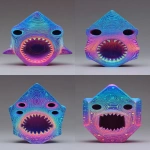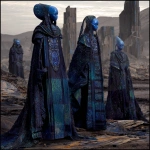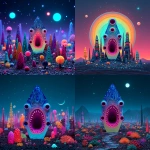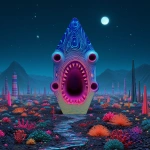Explore the Best AI Image Gallery
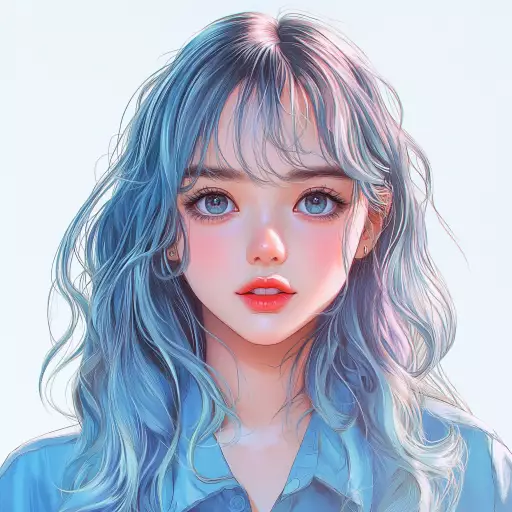
Pixels Painted in the Air: Exploring AI-Generated Images and Their Impact on Art
The realm of art has always been a canvas for innovation, constantly evolving with new tools and techniques. Today, artificial intelligence (AI) is emerging as a powerful force, generating images that blur the lines between human creativity and machine ingenuity. This new frontier presents both exciting opportunities and complex ethical considerations that demand careful examination.
A New Artistic Frontier
AI-powered image generation utilizes sophisticated algorithms trained on vast datasets of existing artwork. These algorithms can create unique images based on textual prompts, mimicking various artistic styles or generating entirely novel concepts. This opens up a world of possibilities for artists, designers, and anyone with a creative spark.
Potential Uses Across Industries
- Art Creation: AI can assist artists in exploring new ideas, overcoming creative blocks, and rapidly prototyping concepts.
- Design & Illustration: Generate visuals for marketing materials, websites, book covers, and other design projects with greater efficiency.
- Entertainment: Create immersive game environments, dynamic movie sequences, and unique character designs.
- Education: Visualize complex concepts, enhance learning experiences, and provide students with tools for creative expression.
Navigating the Ethical Landscape
While AI-generated images offer immense potential, they also raise important ethical questions that require careful consideration:
Copyright & Ownership
Who owns the copyright to AI-generated artwork? Is it the creator of the algorithm, the user who provides the prompt, or the AI itself?
Bias & Representation
AI algorithms are trained on existing data, which may contain biases that perpetuate harmful stereotypes or lack diversity. It is crucial to ensure that AI-generated imagery reflects a fair and inclusive representation of the world.
Authenticity & Deception
The ability to create realistic images raises concerns about the potential for misuse, such as generating deepfakes or spreading misinformation.
Shaping the Future of Art
AI-generated imagery is still in its early stages of development. As this technology continues to evolve, it will be essential to engage in ongoing dialogue and establish guidelines that promote responsible use and address ethical concerns.
The future of art likely lies in a collaborative space where human creativity and AI capabilities complement each other. Artists can leverage AI as a tool to enhance their creative process, explore new frontiers, and push the boundaries of artistic expression. By embracing these advancements responsibly, we can shape a future where technology empowers artists and enriches the world with innovative and thought-provoking artwork.
](https://images.ai-img.art/thumbnails/150/ebc95932b25c17607076ed8d2a4bafc85c3371cf3f2d45c35741505fe3c97de1.webp)
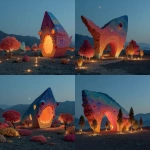


](https://images.ai-img.art/thumbnails/150/7d9de60c58579b921ad140a9e1d752642452d5086b74a27d866e8af04608ed7d.webp)
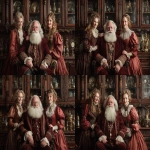
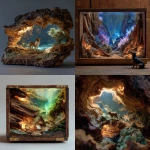

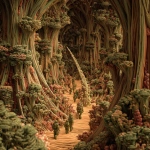

](https://images.ai-img.art/thumbnails/150/a31f622763ce0ecb2e76a907e566b81cfcc171e8d9b8b393f27681be24b6ca91.webp)
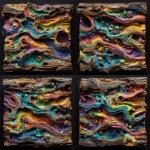
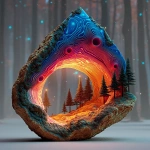
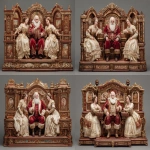
](https://images.ai-img.art/thumbnails/150/98325fa7102e81df81f1dba6df8df52929b4fa41b058192faf3c77cf94513ff7.webp)
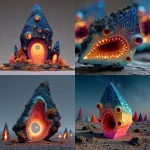
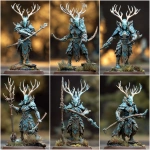
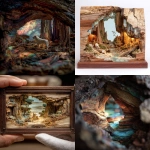
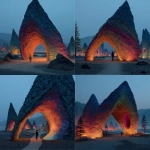

](https://images.ai-img.art/thumbnails/150/914cb18c03c97bdba2f290c0ec1573d5792bf399dbad7f484614764eb31f4c2f.webp)
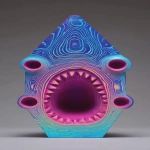
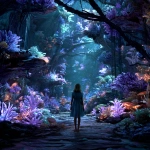
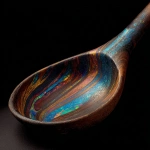
](https://images.ai-img.art/thumbnails/150/3b65287fef447a6ad61bcb18b5b9d03b6f6f74603ae0e058f81f4b91a3e02f36.webp)
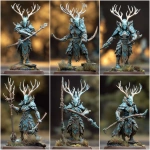

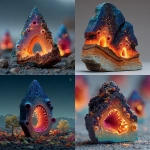
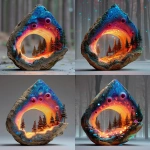
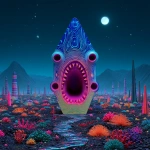
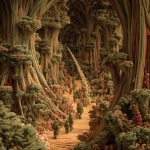
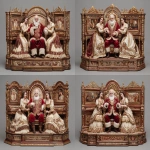

](https://images.ai-img.art/thumbnails/150/ac7218edd6198d49ed8d9853a5890595fc4d2a7a11c2e8a7ee8bcfbc7bfe265e.webp)
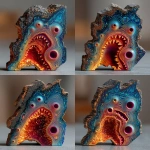
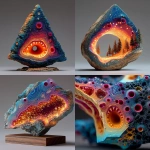
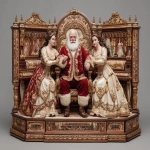
](https://images.ai-img.art/thumbnails/150/769518185300fcbda91b7bbf92b9007bc856379accd52eaf7983f9aec379e88e.webp)

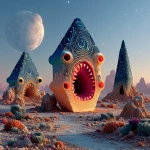


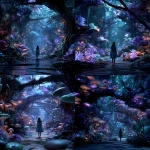
](https://images.ai-img.art/thumbnails/150/09314c003088f7174f747fa65105eca599e0842cf69e637ce4c98ebefd3f50ab.webp)
